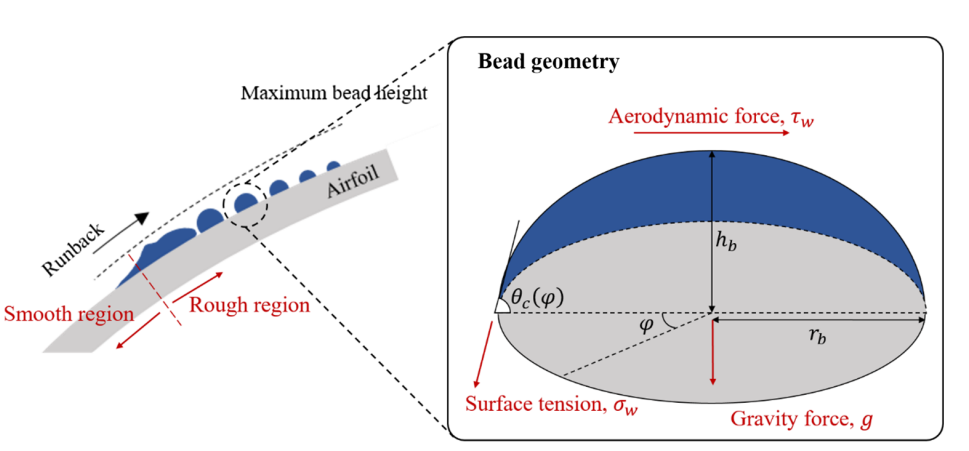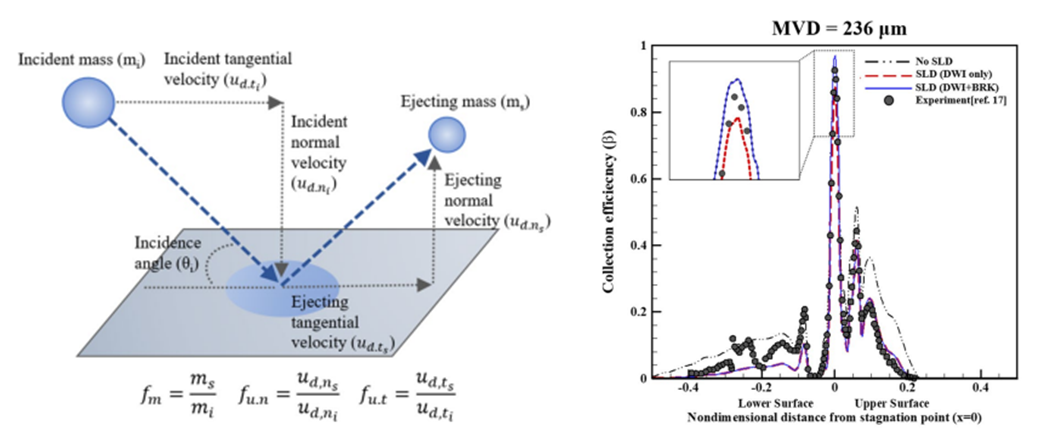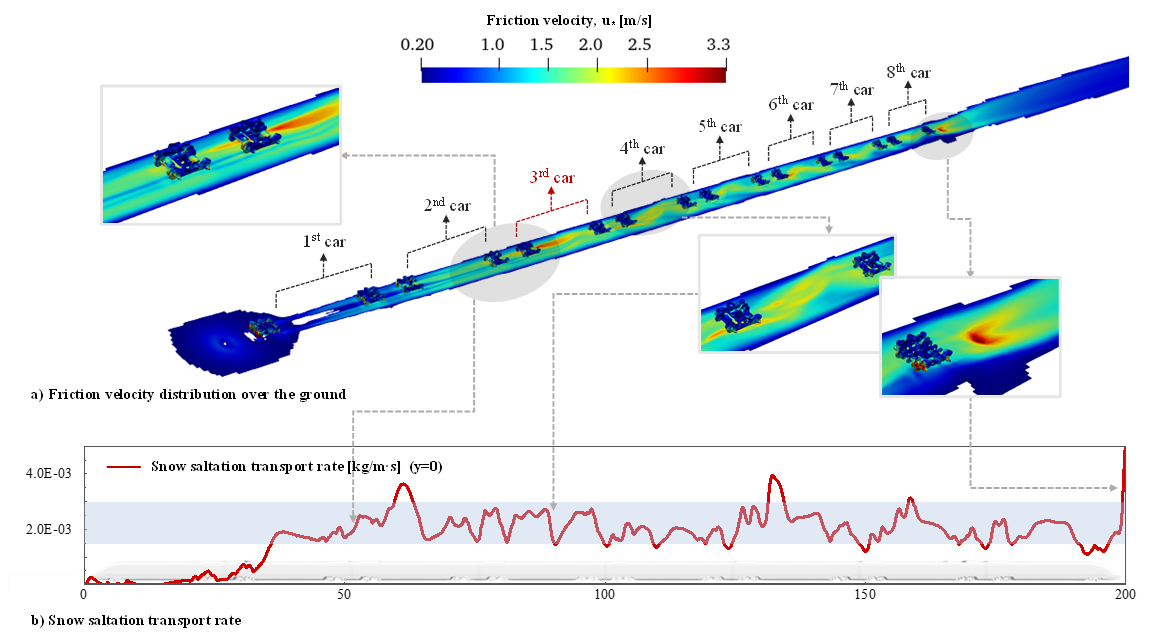Aircraft Icing
Icing Simulation Code
Ice Contour Estimation and Performance Analysis Code (ICEPAC) is in-house icing simulation tool developed in AVDL. ICAPAC is 2nd generation icing code whose skeleton is based on OpenFOAM and KFLOW (developed by Konkuk University). ICEPAC is sufficiently validated in the wide range of icing condition including both rime/glaze condition. Also, it’s predictive capability covers special weather conditions such as supercooled large droplet (SLD) and snow saltation, or specific purpose such as HALE icing, Anti/de-icing, and rotorcraft icing.
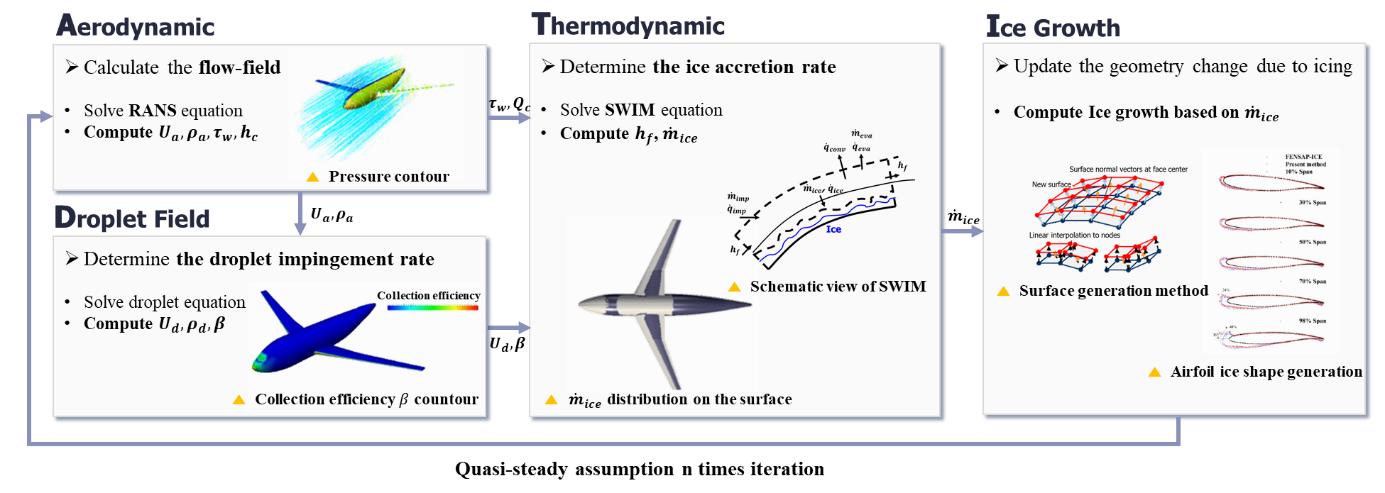
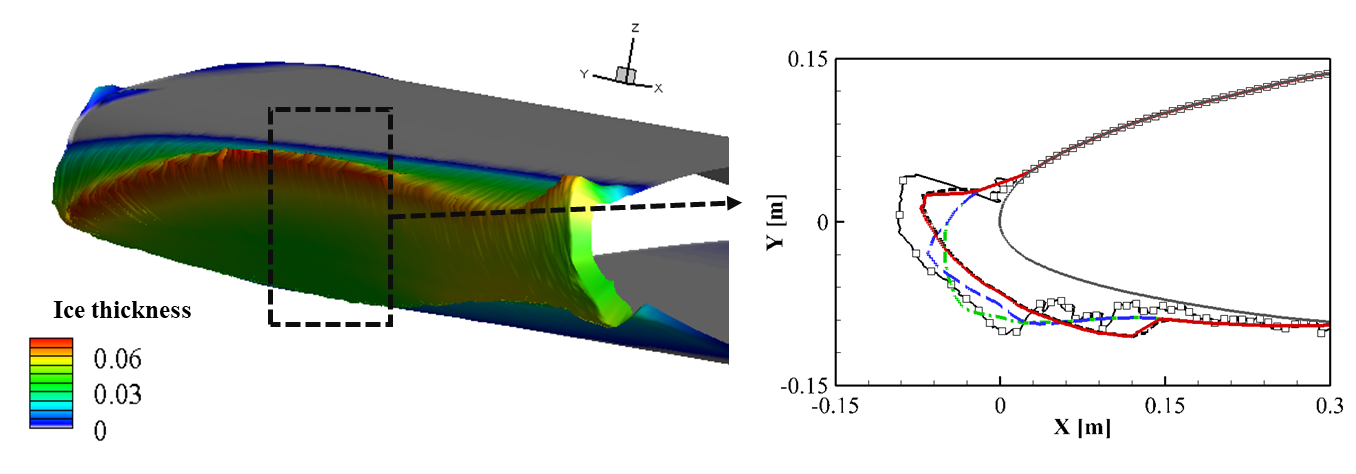
Rotary-wing System
Rotating blades in rotorcraft and propeller aircraft create complex airflow that makes icing more difficult to predict and more dangerous. Our research focuses on how this airflow affects the motion of water droplets and the formation of ice on nearby surfaces, such as wings. Using three-dimensional and unsteady simulations, we study how ice builds up over time and how it changes the shape and performance of the aircraft. By comparing cases with and without rotating blades, we aim to understand how propeller wake influences wing icing and to help improve flight safety in icing conditions.
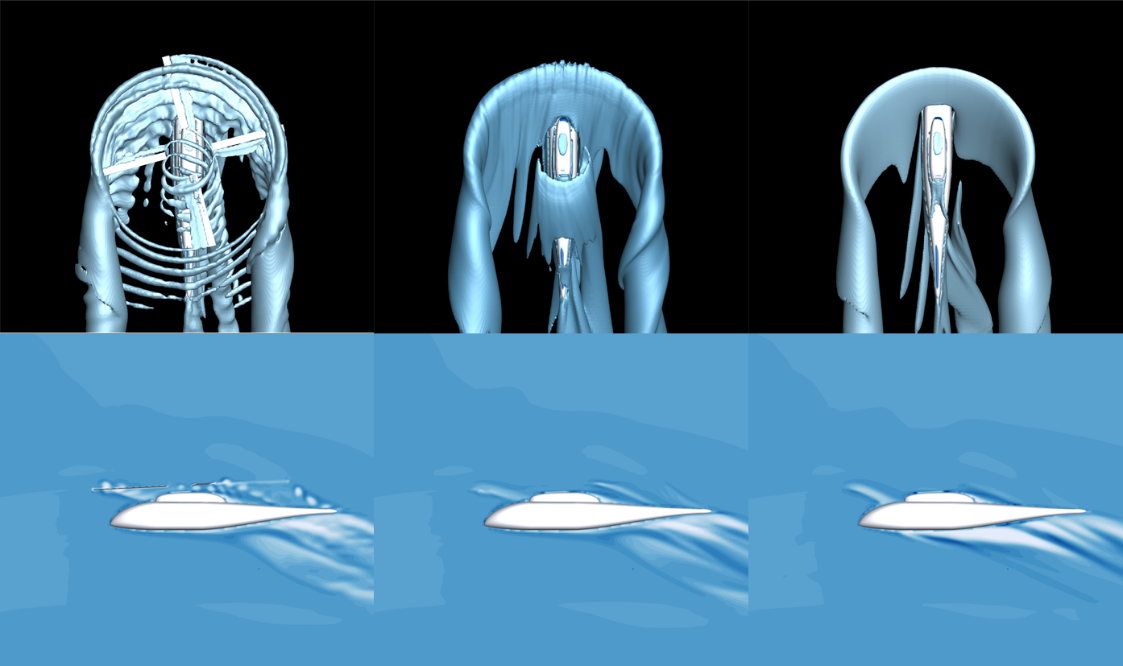
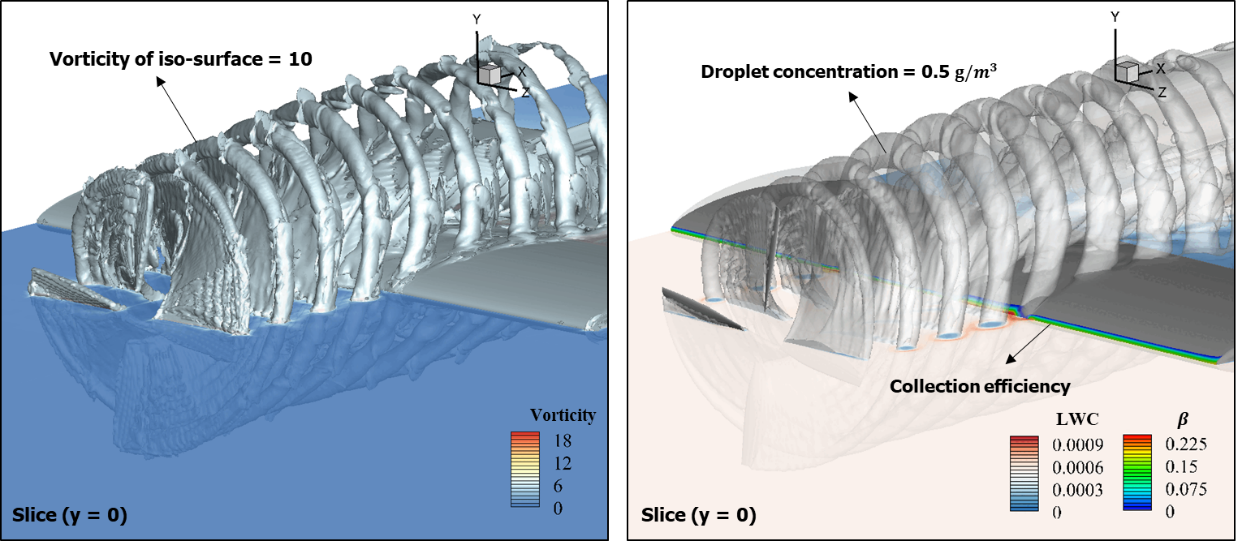
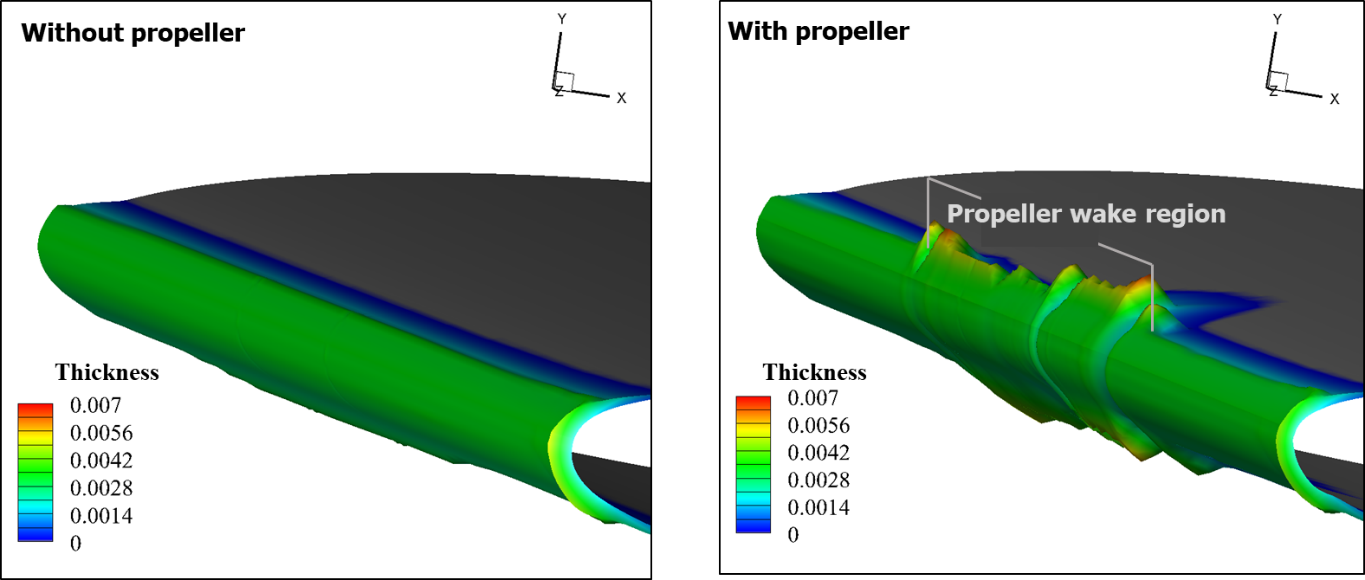
Anti/De-icing Design
To ensure safe UAV operations in icing conditions, our research focuses on simulating the thermal response of heated surfaces covered by water films. Using a coupled approach between airflow and internal heat conduction, we predict how much heat is needed to keep the surface above freezing. This method accurately reflects how surface temperature affects heat transfer, especially in running-wet or evaporative modes. We also analyze parting strip configurations—heated zones near the leading edge—to improve energy efficiency for both anti-icing and de-icing. This simulation strategy helps determine the required power for onboard systems and supports the design of lightweight, efficient ice protection solutions for UAVs.

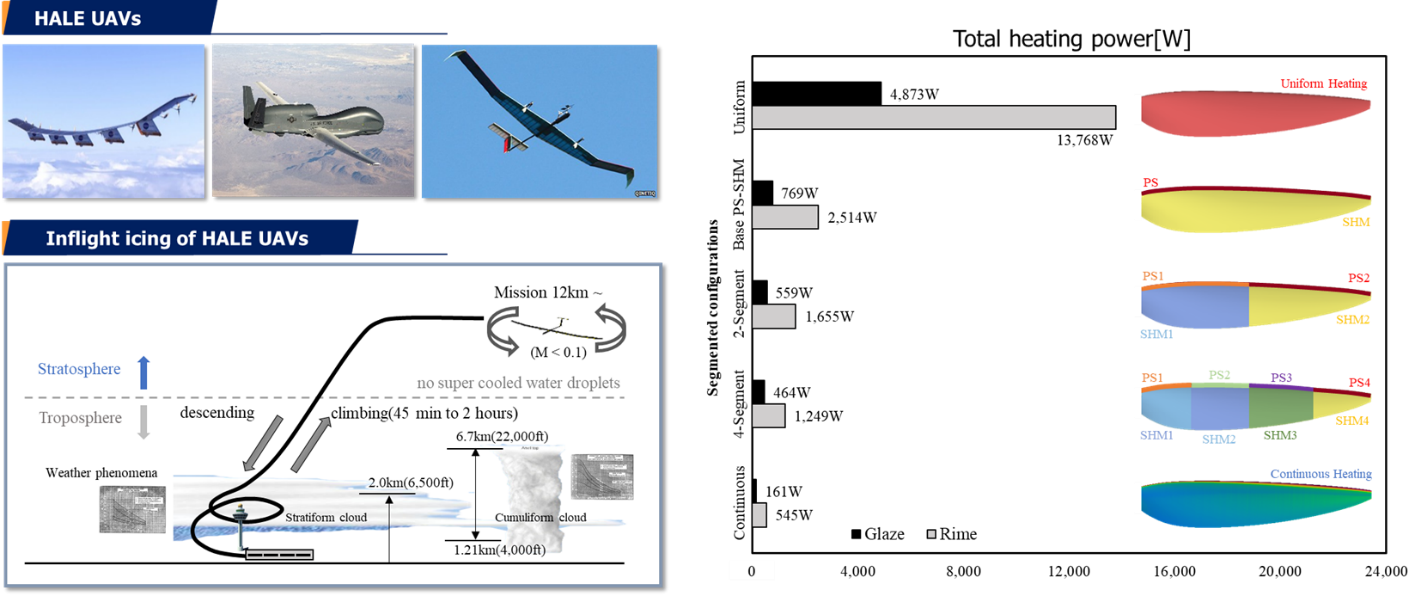
Physical Modeling
Physical modeling in icing simulation captures key phenomena like droplet impact, phase change, and surface interactions. ICEPAC includes a surface roughness model that predicts bead, rivulet, and film formation, which influence heat transfer and ice growth. For Supercooled Large Droplet (SLD) conditions, where droplet deformation and wall interaction affect collection efficiency, ICEPAC improves predictions by classifying impingement zones and adopting a refined droplet-wall model. Snow saltation, critical for high-speed trains, is modeled using a semi-empirical boundary condition and Eulerian tracking to simulate snow lifted from the ground and accumulated on bogie components.
